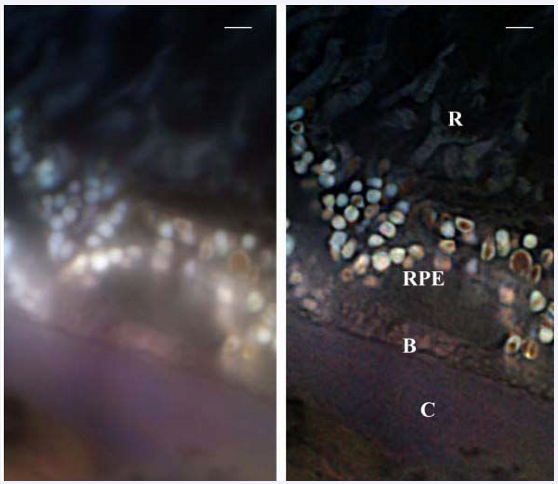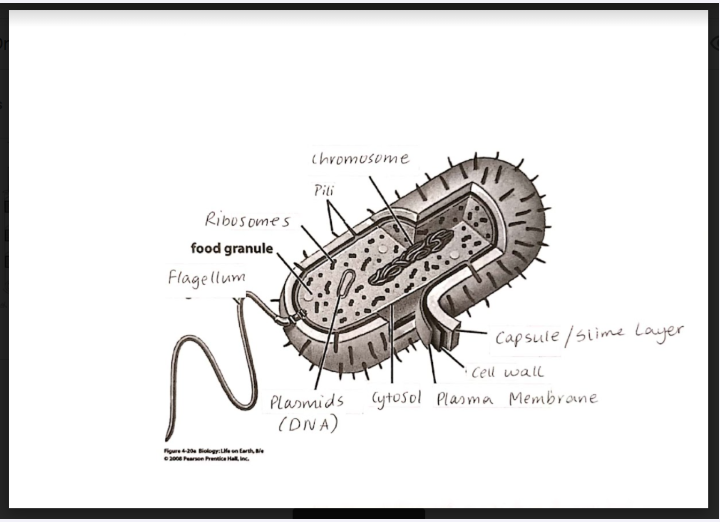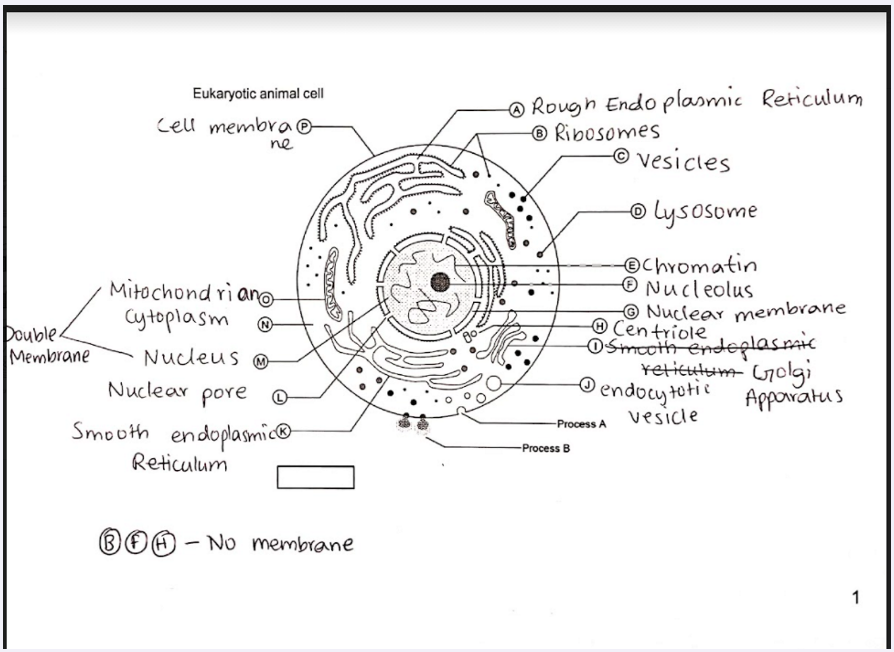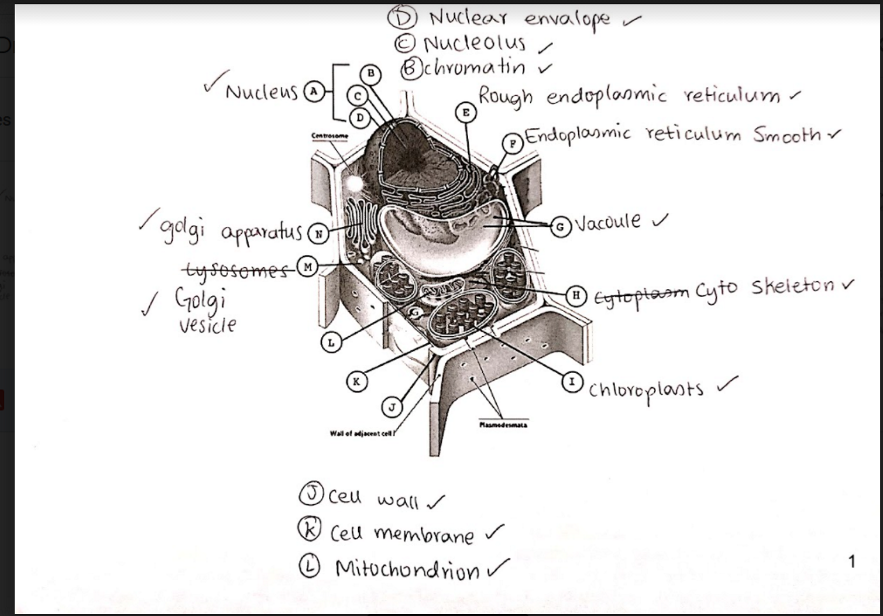
Resolution : principles and applications of science
resolution is the ability of a microscope to distinguish between 2 objects that are close together
the limiting factor of a light microscope is the wavelength of light
the theoretical limit to resolution microscope is 20

The electron microscope
Much better resolution
uses a beam of electrons instead of light
electrons have a shorter wavelength and therefore greater resolution
resolution is 0.1m,much better than a light microscope
there are two types of electron microscopes
scanning electron microscope
produces images that are reflected from the electrons/specimen
also produces a 3D image /looks like a photograph
transmission electron microscopes
produces images from electrons that have passed through and they produce a 2D image

bacteria and blue green algae
these type of cells are prokaryotes that are prokaryotic organisms
cells are very small,smaller than red blood cells
0.1 to 10 micro meters in length
they differ from eukaryotic cells in a number of ways
no nucleus
they usually have a single circular DNA molecule that acts as their chromosomes
bacteria only have 3000 types of genes
bacteria
in addition to the main chromosome they have much smaller loops of DNA called plasmids
they have cell membrane and a cell wall
they have a smaller ribosomes than eukaryotic cells (70’s rather than 80’s in eukaryotes)
some have flagella - which differs depending on the structure of the prokaryotic cell

Eukaryotic cells
larger than bacteria,prokaryotes
have a nucleus with membrane
have a membrane bound organelle within the cell
division of labour within the cell
each organelle has a specific function

plant cell

Resolution : principles and applications of science
resolution is the ability of a microscope to distinguish between 2 objects that are close together
the limiting factor of a light microscope is the wavelength of light
the theoretical limit to resolution microscope is 20

The electron microscope
Much better resolution
uses a beam of electrons instead of light
electrons have a shorter wavelength and therefore greater resolution
resolution is 0.1m,much better than a light microscope
there are two types of electron microscopes
scanning electron microscope
produces images that are reflected from the electrons/specimen
also produces a 3D image /looks like a photograph
transmission electron microscopes
produces images from electrons that have passed through and they produce a 2D image

bacteria and blue green algae
these type of cells are prokaryotes that are prokaryotic organisms
cells are very small,smaller than red blood cells
0.1 to 10 micro meters in length
they differ from eukaryotic cells in a number of ways
no nucleus
they usually have a single circular DNA molecule that acts as their chromosomes
bacteria only have 3000 types of genes
bacteria
in addition to the main chromosome they have much smaller loops of DNA called plasmids
they have cell membrane and a cell wall
they have a smaller ribosomes than eukaryotic cells (70’s rather than 80’s in eukaryotes)
some have flagella - which differs depending on the structure of the prokaryotic cell

Eukaryotic cells
larger than bacteria,prokaryotes
have a nucleus with membrane
have a membrane bound organelle within the cell
division of labour within the cell
each organelle has a specific function

plant cell

 Knowt
Knowt